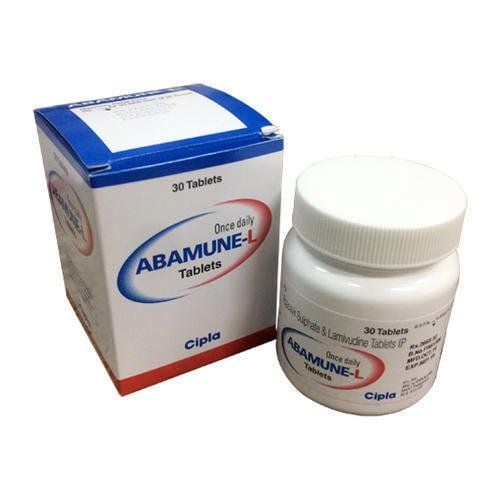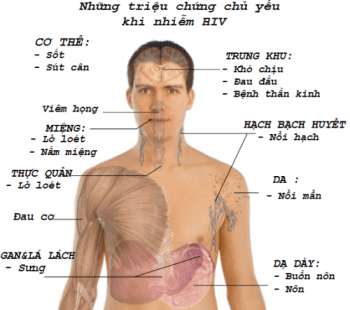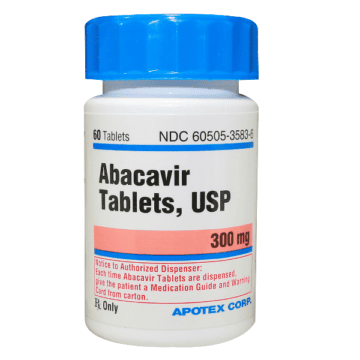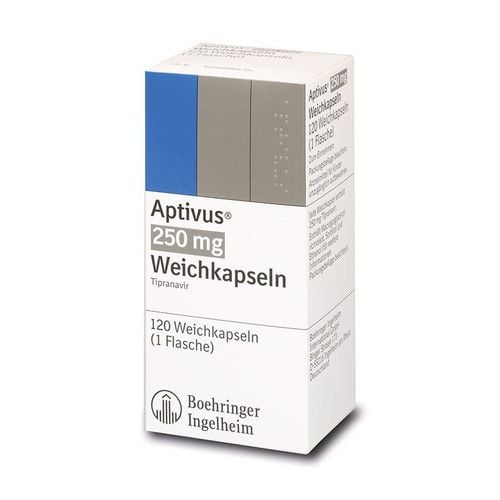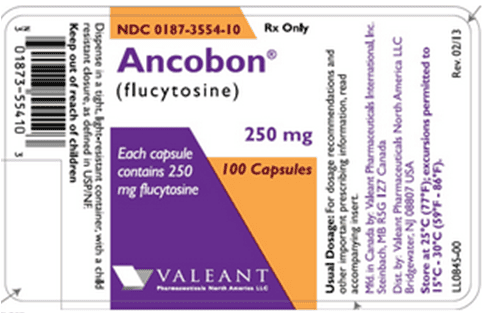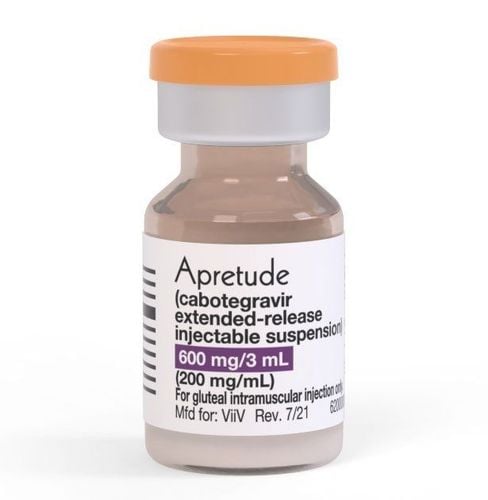This is an automatically translated article.
Although it has been more than a century, the talking numbers left in the history of the HIV pandemic still make us sad. Let's look back at the timeline of the HIV AIDS pandemic to get a better overview of this disease.
1. Circa 1900: From Monkey to Human
Between 1884 and 1924, somewhere in West Central Africa, a hunter killed a chimpanzee. Some of the animal's blood enters the hunter's body, possibly through an open wound. The blood carries a virus that is harmless to chimpanzees but deadly, which is HIV. The HIV virus spread as colonial cities sprang up, but other causes have been reported.
2. 1981: First cases recognized
In June, the US CDC released a report from Los Angeles of five young gay men with fatal or life-threatening PCP pneumonia. Almost never seen in people with healthy immune systems, PCP turns out to be one of the main, so-called "opportunistic infections," that kill people with AIDS.
On July 4, the CDC reported that an unusual type of skin cancer - Kaposi's sarcoma or KS - was killing previously healthy young men in New York City and California. At the end of the year, 337 cases of severe immunodeficiency were reported in the US, of which 130 died
3. 1982: AIDS is named
The US CDC calls the new disease immunodeficiency syndrome or AIDS. In addition to men who have sex with men, it is also seen in people with hemophilia (a rare blood disorder). This convinced scientists that an infectious agent in the exposed blood would transmit the disease.
4. 1983: The public is worried
Women who have sex with infected men begin to develop AIDS. The CDC warns that the disease can be spread through heterosexual contact. It also reports that HIV-positive women can pass the infection on to their babies during pregnancy or shortly after giving birth. Anxiety is growing, along with false rumors about “familial contagion,” the idea that you can pass it on to people through everyday contact. In New York, reports show landlords are evicting people with AIDS.5. 1983: Scientists discover HIV
Pasteur Institute researchers Luc Montagnier and Francoise Barre-Sinoussi, together with team manager Jean-Claude Chermann, isolated a virus from the swollen lymph glands of a person with AIDS. They call it lymphadenopathy-associated virus or LAV. Independently, UCSF researcher Jay Levy isolated ARVs - the virus associated with AIDS. It was not until 1986 that people agreed to call the HIV virus the human immunodeficiency virus.
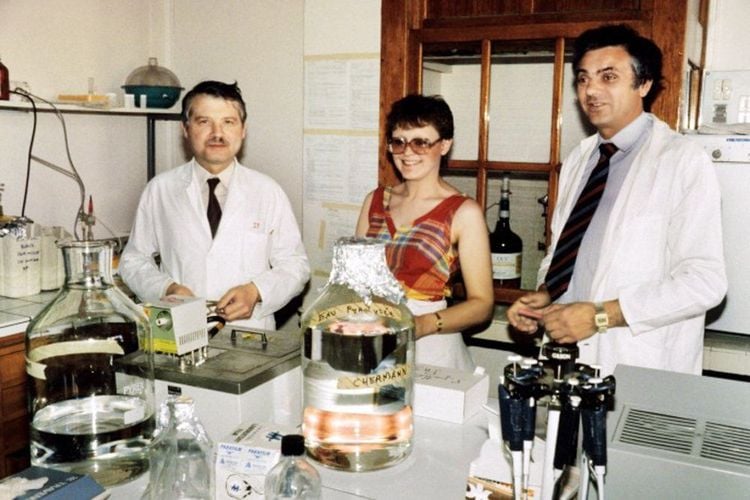
Luc Montagnier và Francoise Barre-Sinoussi là một trong các nhà khoa học phát hiện ra virus gây bệnh HIV
6. 1985: Hudson dies, Hysteria is built
Actor Rock Hudson, who was screened at the 1985 Golden Globes with fellow actors and philanthropists Liza Minelli and Elizabeth Taylor, became the first famous American public figure to announce him. contracted AIDS in July and died in October. Hudson left $250,000 to help establish the American Foundation for AIDS Research (amfAR). Actress Elizabeth Taylor was the organization's first president.
In August, Ryan White, an Indiana teenager with AIDS, was dropped from his middle school. The legal battle that followed drew attention to this disease. In December, a Los Angeles Times poll said most Americans support quarantining people with HIV AIDS.
7. 1985: Start of testing
In March, FDA approved ELISA - the first commercial blood test for HIV. Blood banks began to screen donated blood. About a month later, the first International AIDS Conference took place in Atlanta.
In December, Dwight Burk died of AIDS at the age of 20 months. He is believed to be the first child of a person with hemophilia who was born with HIV infection. His father, Patrick, contracted the disease from taking regular doses of blood-clotting concentrates. Before he knew he had the disease, he passed it on to his wife, Lauren, who was pregnant with Dwight.
8. 1986: Ryan White goes back to school
In April, after a 10-month legal battle, a judge allowed Ryan White to return to school, ruling that he posed no health threat to his students.
9. 1987: Princess Diana's Event
In April, at the opening of the HIV AIDS unit at Middlesex Hospital in London, Princess Diana - wearing no gloves - shook the hand of someone with AIDS. At the time, some believed the disease could be spread through casual contact.
10. 1987: The ACT UP form made an impact
ACT UP - form to protest AZT costs $10,000 per year. It adopts the motto, "SILENCE = DIE." A year later, the group held a meeting at FDA headquarters to protest the slow pace of HIV AIDS drug approval with more than 1,000 participants. The police arrested 176 of them. Eight days later, the FDA published procedures to streamline the process.
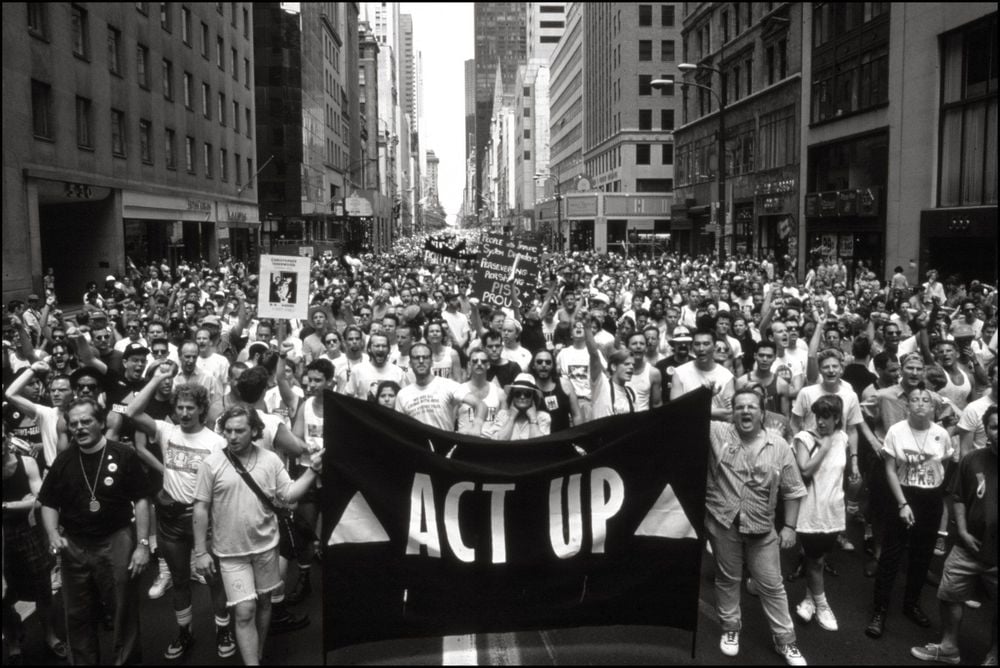
Biểu mẫu ACT UP trong vấn đề liên quan đến thuốc điều trị bệnh HIV
11. 1987: Liberace dies
This Emmy Award-winning pianist died at his home at the age of 67. His doctor reported the cause of death as a heart attack, but the county ordered an autopsy. It revealed an AIDS-related illness as the cause. The controversy has spawned a national discussion about the privacy rights of people with AIDS.
12. 1988: World AIDS Day
The World Health Organization recognizes the first World AIDS Day on December 1. It becomes the first global health awareness day created to show support for those people living with HIV AIDS and to remember those who have died from the disease. This event continues to this day.
13. 1991: AIDS-related deaths
On November 7, Los Angeles Lakers star Ervin “Magic” Johnson announced that he has HIV and that he is retiring from basketball.
More than 2 weeks later, on November 24, Freddy Mercury, the lead singer of the rock band Queen, died of bronchial pneumonia, a complication of AIDS. Both deaths raise awareness about the disease and its different ways of spreading.
14. 1993: The message was sent
Taking AIDS and HIV awareness measures to the next level:
President Clinton launches White House Office of National AIDS Policy; ACT UP and Benetton placed a giant condom on the Place de la Concorde in Paris to illustrate the importance of practicing safe sex; The play "Angels in America" won the Pulitzer Prize for drama; Tom Hanks stars in the film Philadelphia, about a lawyer who has AIDS. This is Hollywood's first big-budget film about the disease. Hanks won the Academy Award for Best Actor for his performance.
15. 1994: The departure of a member of MTV's The Real World
Activist Pedro Zamora becomes a cast member on season 3 of MTV's The Real World. The day after the season finale, he died of AIDS at the age of 22. Later that year, the FDA approved the first oral HIV test.
16. 1996: Breakthrough?
Highly active antiretroviral therapy, or HAART, can cut HIV viral load to undetectable levels. Hope surged when AIDS researcher David Ho suggested that there was a treatment that could clear HIV from the body, but he was wrong. The researchers then discovered that HIV lurks in dormant cells. But AIDS deaths in the United States fell by more than 40%.
17. 1998-2000: A lot of drugs are studied
Be aware that HAART has serious side effects. Treatment failures highlight the need for new and stronger drugs. In the years that followed, the FDA approved new classes of drugs that made HIV treatment safer, easier, and more effective. But the drug still did not cure AIDS.
18. 2001-2002: Global Development Issues
HIV AIDS becomes the leading cause of death worldwide for 15 to 59 year olds.
United Nations Secretary-General Kofi Annan proposes the creation of a Global Fund to Fight HIV AIDS, Tuberculosis and Malaria. The purpose of the Global Fund is to raise, manage and distribute funds to fight the HIV AIDS pandemic.
The majority of people with HIV still have no treatment. Only 1% of the 4.1 million people in sub-Saharan Africa with HIV are taking anti-HIV drugs.
19. 2003: President Bush participates
President Bush announces $15 billion Presidential AIDS Relief Emergency Plan. Critics criticized the prevention section for focusing too much on abstinence or avoiding sex. But the proposal provides the necessary HIV AIDS treatment funds to 15 countries.
20. 2006-2007: Research works on HIV treatment
Researchers say HIV treatment can extend life by 24 years - at a cost of $618,900. Meanwhile, Merck's HIV vaccine was unsuccessful in clinical trials. This is the latest in a long line of bugs. But new vaccines continue to be researched and developed.
As a precaution, UNAIDS recommends that adults be circumcised after finding that HIV transmission from women to men is halved in areas of prevalence.
21. 2008: Reality check
CDC says the HIV pandemic in the US is more widespread than we thought. There are 1.1 million people infected, up 11% compared to 5 years ago. The rate of new HIV infections among men who have sex with men has increased. Meanwhile, Luc Montagnier and Francoise Barre-Sinoussi received the Nobel Prize in medicine for their discovery of the virus.
22. 2012: PrEP arrives
FDA approves HIV pre-exposure prophylaxis - PrEP. This is a daily oral medication that people at high risk for HIV can take to reduce their odds of getting the virus. Studies say that if taken every day, PrEP reduces the risk of getting HIV from sex by about 99% and by about 74% from injecting. A few weeks before PrEP's approval, the FDA also approved the first at-home HIV test.
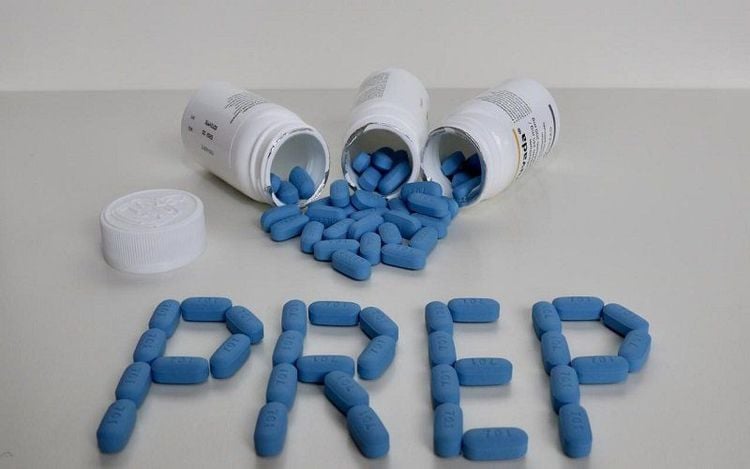
Phương pháp điều trị dự phòng trước phơi nhiễm HIV - PrEP được phê duyệt
23. 2013: Cure HIV?
In March, the first recorded case of a child with HIV who appeared to be cured of HIV was made public. The child, called "Mississippi baby", started antiretroviral therapy at birth and showed no levels or signs of the virus. A year later, after the baby showed no signs of HIV infection for more than 2 years, the virus returned. This prompts more research into how the virus behaves differently in infants and adults.
24. 2016-2017: New Guidelines; Gates donor PrEP
In 2016, CDC updated its treatment recommendations for non-critical post-exposure prophylaxis (nPEP) or treatment of HIV transmission through sex, drug use, or any other related to work. An update to include drugs not included in the guidelines was first released in 2005.
In January 2017, the Bill and Melinda Gates Foundation invested $140 million in the development of an implantable device. continuous supply of PrEP to people living with HIV.
25. 2019: Transplant makes history
On March 25, the first HIV-positive donor in the United States gave a kidney to an HIV-positive person. Nina Martinez, 35, donates her kidney to an anonymous recipient. The procedure took place at Johns Hopkins.
Donating was once impossible for people with HIV due to concerns that the virus would increase the likelihood of kidney disease. But new antiviral drugs help patients maintain their overall health.
In summary, HIV AIDS is a disease caused by infection with human immunodeficiency virus. The early stages of the disease have flu-like symptoms, but then there are no signs for a long time. The disease progresses when the patient's immune system is weakened, which is also when the patient is susceptible to opportunistic infections or unusual tumors. To date, HIV/AIDS has no vaccine. However, antiretroviral therapy can slow the progression and prolong the patient's life.
Please dial HOTLINE for more information or register for an appointment HERE. Download MyVinmec app to make appointments faster and to manage your bookings easily.
Reference source: webmd.com



